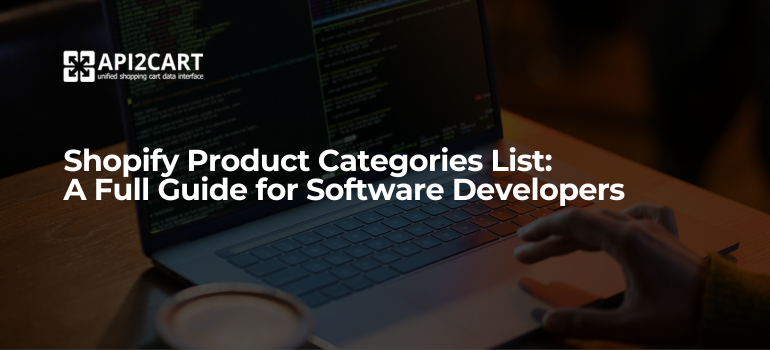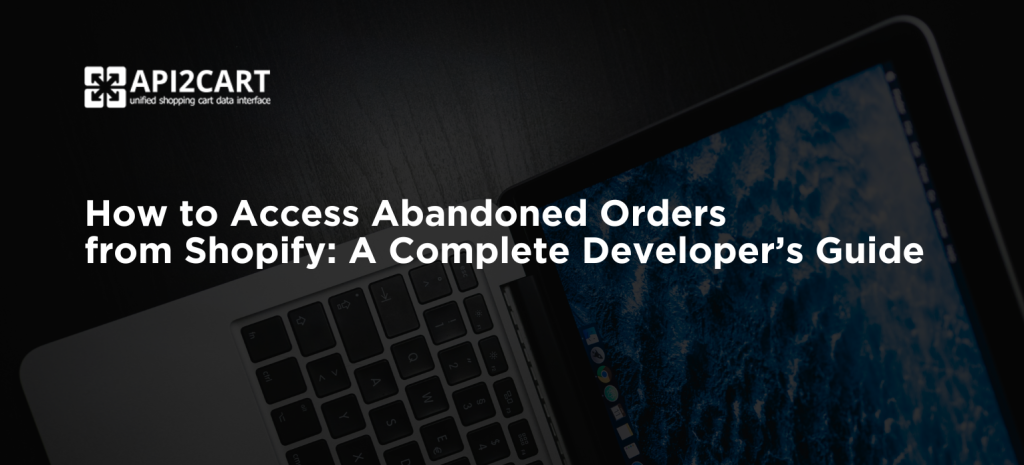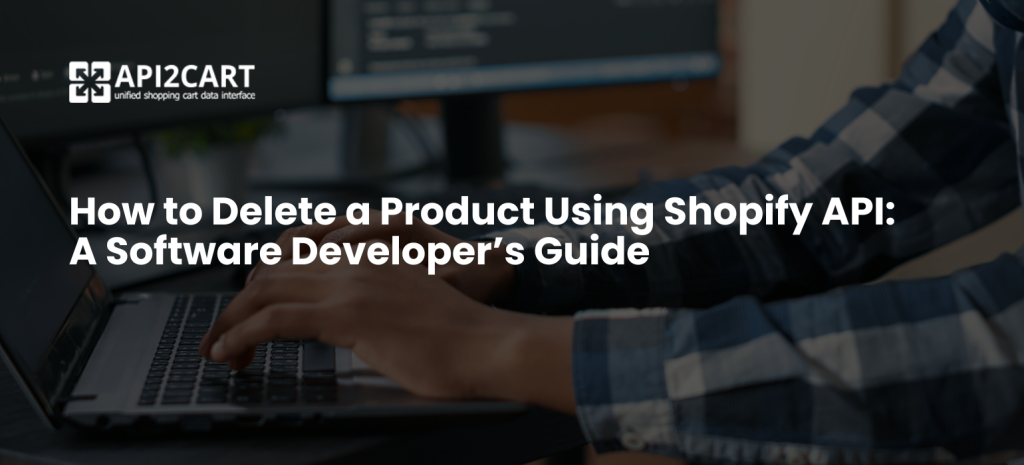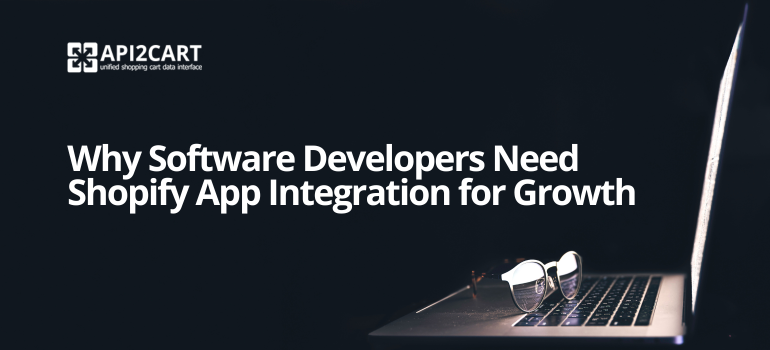
As eCommerce continues to grow, Shopify remains one of the most powerful and flexible platforms for online businesses. With its robust API ecosystem, Shopify allows developers to build and integrate custom applications that enhance store functionality, automate processes, and improve the overall merchant experience.
For software developers, integrating apps with Shopify presents a valuable opportunity to create solutions that streamline operations, optimize sales, and provide advanced analytics. Whether you're looking to develop private apps for individual merchants or publish a public app on the Shopify App Store, understanding Shopify’s API structure and best practices is crucial.
In this article, we’ll explore the fundamentals of Shopify app integration, covering key APIs, development tools, and deployment strategies. By the end, you’ll have a clear roadmap for building and integrating powerful Shopify apps that meet the needs of modern online businesses.
What is Shopify API?
The Shopify API is a set of tools that allows software developers to integrate their applications with Shopify stores, enabling automation of store management, order processing, product synchronization, and customer interactions. Shopify provides multiple APIs to support various integration needs, making it a key resource for eCommerce software developers building SaaS solutions, such as order management systems (OMS), inventory management, fulfillment services, analytics tools, and more.
There are several key components of the Shopify API:
1. Admin API:
The Admin API is the core API for interacting with Shopify stores. It allows developers to manage store data such as products, orders, customers, and inventory. It also provides access to other functionalities, such as discounts, shipping, and fulfillment:
- REST Admin API: This is a traditional REST-based API, offering endpoints for various store objects (products, orders, etc.);
- GraphQL Admin API: A more flexible, modern API that uses GraphQL to allow developers to request exactly the data they need, improving efficiency and reducing unnecessary data transfers.
2. Storefront API:
The Storefront API allows developers to create custom storefronts or headless eCommerce solutions. It's ideal for building unique shopping experiences outside of the Shopify-hosted online store. Developers can use this API to retrieve product data, handle checkouts, and process payments, enabling the creation of highly customized front-end experiences.
3. Shopify Plus API:
Shopify Plus is Shopify's enterprise-level plan, and it offers additional API features for advanced eCommerce needs. These APIs provide greater flexibility and control over large-scale operations, including multi-store management, high-volume product catalogs, and more.
4. Webhooks:
Webhooks allow you to set up event-based triggers that notify your application when certain events happen in the Shopify store, such as an order being created or a product being updated. This is a great way to automate processes and integrate Shopify with external systems or services.
5. Authentication (OAuth):
To access a store's data securely, developers use OAuth authentication. This process ensures that only authorized users can access and interact with the store's data. When building apps, developers need to implement OAuth to authenticate users and request the necessary permissions for accessing specific parts of a store.
The Shopify API provides developers with the ability to create tailored solutions that meet the specific needs of Shopify merchants. Whether it's automating tasks, integrating third-party tools, or building custom features, the API gives developers the flexibility and power to enhance the Shopify experience. With the right knowledge of these APIs, developers can build apps that improve store functionality, increase sales, and offer unique value to merchants.
In summary, the Shopify API offers a wealth of tools and capabilities for developers to create custom applications, automate processes, and build integrations that help Shopify merchants scale and succeed. Whether you’re a beginner or an experienced developer, understanding how to leverage the Shopify API can open up a wide range of possibilities in the eCommerce space.
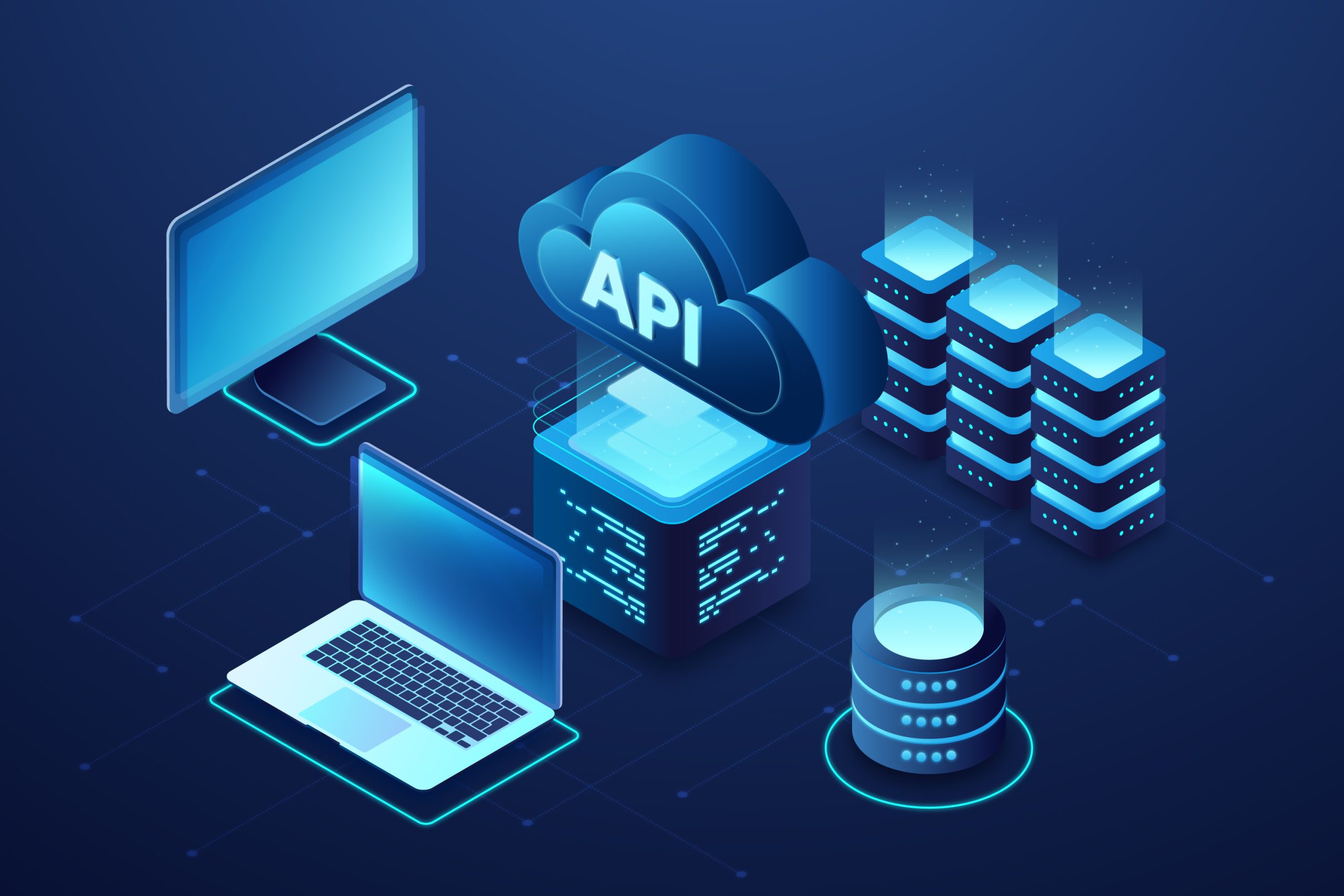
Shopify Integration Development
Shopify integration refers to the process of connecting third-party software applications with Shopify stores to enable seamless data exchange between the platform and external systems. For software developers, integrating with Shopify allows them to build solutions that automate eCommerce operations, such as order management, inventory updates, customer synchronization, and shipping automation.
Shopify app integration is essential for automating order management, inventory synchronization, customer data processing, and shipping workflows. Shopify provides powerful APIs that allow developers to create apps that enhance the functionality of Shopify stores. This integration allows software developers to connect their applications to Shopify stores via APIs. This enables SaaS solutions to:
- Sync orders, products, inventory, and customers automatically;
- Provide advanced analytics and reporting;
- Enhance marketing automation and customer segmentation;
- Improve shipping, fulfillment, and multi-channel selling.
Shopify app integration is useful for ERP, CRM, PIM, WMS, shipping, and accounting software that need real-time data exchange with Shopify stores.
Why App Development Companies Need Integration with Shopify?
With over 4.5 million active merchants, Shopify is one of the most widely used eCommerce platforms, making it a prime market for app development companies. Whether building SaaS solutions, automation tools, or analytics platforms, integrating with Shopify is essential for companies looking to expand their reach, enhance product value, and increase revenue opportunities.
App development companies working in eCommerce, logistics, analytics, marketing, and automation need to integrate with Shopify to:
- Reach a Massive Market – Shopify powers millions of merchants worldwide;
- Increase Revenue Opportunities – Developers can sell their apps in the Shopify App Store;
- Enhance Software Value – Integration makes apps more useful and scalable for Shopify users;
- Streamline eCommerce Operations – Automate orders, inventory, payments, shipping, and marketing.
Without Shopify integration, software companies miss the opportunity to serve Shopify merchants who need automation, analytics, and optimization tools.

Key Benefits of Shopify Integration for App Development Companies
A successful Shopify integration allows developers to enhance their app’s functionality, expand market reach, automate business processes, and increase revenue potential. Below are the key benefits of Shopify integration for app development companies.
1. Access to a Large and Growing eCommerce Market:
- Shopify powers millions of online stores across various industries;
- Merchants actively seek apps that improve store management, automation, and sales;
- Shopify's global presence allows app developers to target a wide audience.
2. Increased Revenue Opportunities:
- Apps can be listed and sold in the Shopify App Store, increasing discoverability;
- Developers can offer paid subscriptions, premium features, or one-time purchases;
- Many Shopify merchants invest in third-party apps to streamline operations.
3. Enhanced SaaS Product Functionality:
- Sync products, orders, and inventory automatically;
- Enable multi-channel selling (Shopify and marketplaces, such as Amazon, eBay, Walmart);
- Automate shipping, fulfillment, and customer engagement.
4. Competitive Advantage for eCommerce SaaS Providers:
- Shopify integration is a key differentiator for SaaS products in OMS, ERP, CRM, PIM, WMS, and shipping;
- Many businesses require Shopify-compatible tools to scale their online stores;
- Integration with Shopify helps SaaS providers stand out in a competitive market.
5. Automating eCommerce Workflows:
- Integration enables seamless data exchange between Shopify stores and third-party apps;
- Real-time updates via Shopify Webhooks reduce manual work;
- Automates tasks such as order processing and fulfillment, inventory management and customer notifications and marketing.
6. Easier API-Based Integration for Scalable Growth:
- Shopify provides a powerful API ecosystem for managing orders, products, customers, inventory, shipping, and analytics;
- Developers can embed integration features directly within their apps;
- Shopify’s REST & GraphQL APIs offer flexibility for custom integrations.
7. Seamless Multi-Platform Expansion:
- Many businesses use multiple sales channels, not just Shopify;
- Shopify integration paves the way for cross-platform compatibility;
- Developers can extend integrations to platforms, including WooCommerce, Magento, and BigCommerce.
For app development companies, Shopify integration is a game-changer, providing access to a massive market, new revenue streams, and enhanced SaaS functionality. By integrating with Shopify, developers can build scalable, high-demand solutions that improve eCommerce automation for merchants.
How to Develop Shopify App Integration Easily Using API2Cart?
For software developers and app development companies, integrating with Shopify is essential for building eCommerce automation, order management, inventory tracking, and shipping solutions. However, direct Shopify API integration can be time-consuming, complex, and requires ongoing maintenance.
API2Cart simplifies Shopify app integration by providing a unified API that connects with Shopify and 60+ other eCommerce platforms and marketplaces, including Magento, WooCommerce, BigCommerce, OpemCart, PrestaShop, and others, at once, eliminating the need to build and maintain multiple integrations.
It provides a simple interface for managing product catalogs, orders, customers, and other eCommerce data. With API2Cart, developers don't have to interact directly with each platform's API. Instead, they can use API2Cart's unified API, which abstracts the complexities of different platforms and standardizes the way they interact with various eСommerce systems.
API2Cart provides 100+ API methods that facilitate seamless integration between Shopify and your application. By using these methods, developers can manage a variety of eCommerce store data, such as products, orders, customers, and more, in a unified way, rather than dealing with the complexities of Shopify’s native API.
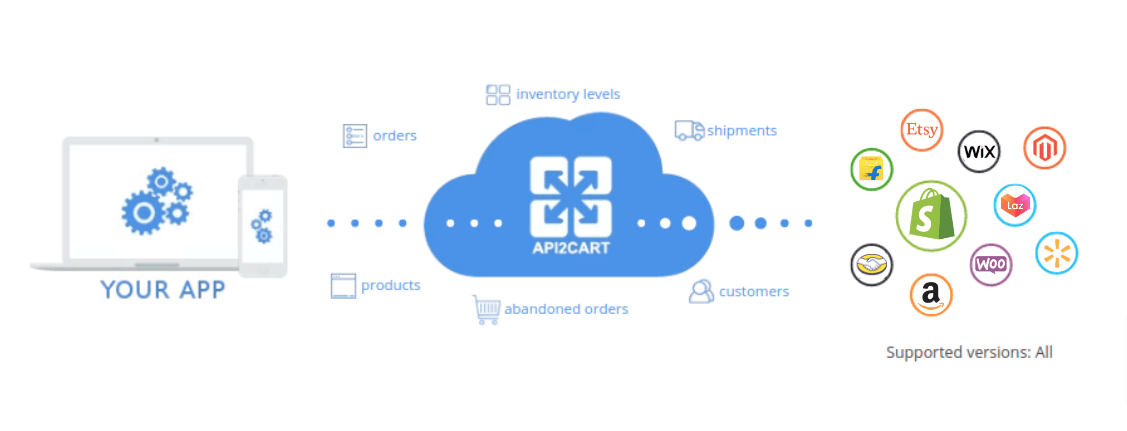
For app development companies, Shopify integration is essential for automating order management, product synchronization, inventory tracking, and shipping workflows. However, direct API integration is complex and requires ongoing updates. By using API2Cart, developers can simplify Shopify integration, reduce development time, and support multiple eCommerce platforms through a single API.
It is possible to start using API2Cart absolutely for free. All you need to do is to book a FREE demo call with one of our managers.
Conclusion
Integrating apps with Shopify opens up a world of possibilities for software developers, offering the opportunity to enhance eCommerce functionality and improve the overall merchant experience. By leveraging Shopify's powerful APIs, developers can create custom solutions that streamline operations, automate processes, and drive growth for businesses of all sizes.
Whether you're building a custom app for a single store or developing a public app for the Shopify App Store, understanding the different API endpoints and development tools is essential to achieving seamless integration. By using API2Cart, developers can simplify the integration process and unlock new capabilities for Shopify merchants.
Ultimately, with the right approach, tools, and knowledge, Shopify app integration can empower developers to create innovative solutions that not only meet but exceed the needs of modern eCommerce businesses. As Shopify continues to evolve, the opportunities for app development and integration will only expand, providing developers with endless potential to make an impact in the world of online commerce.
